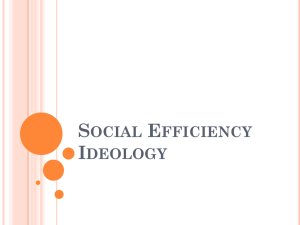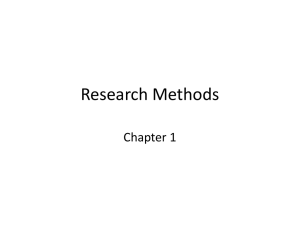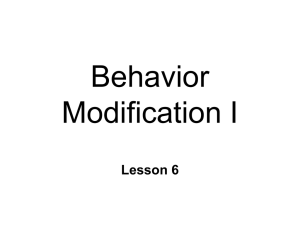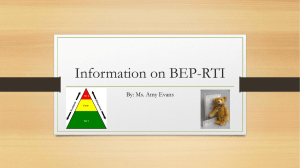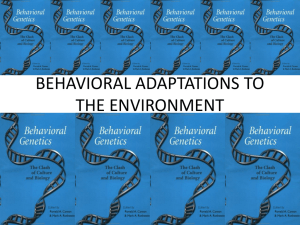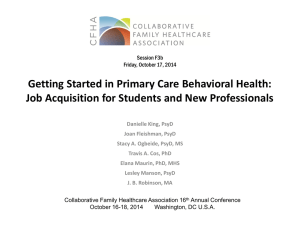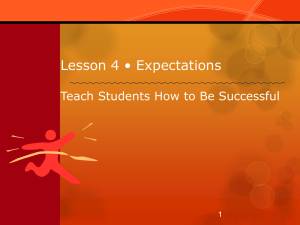Writing Objectives Rationale and Strategies
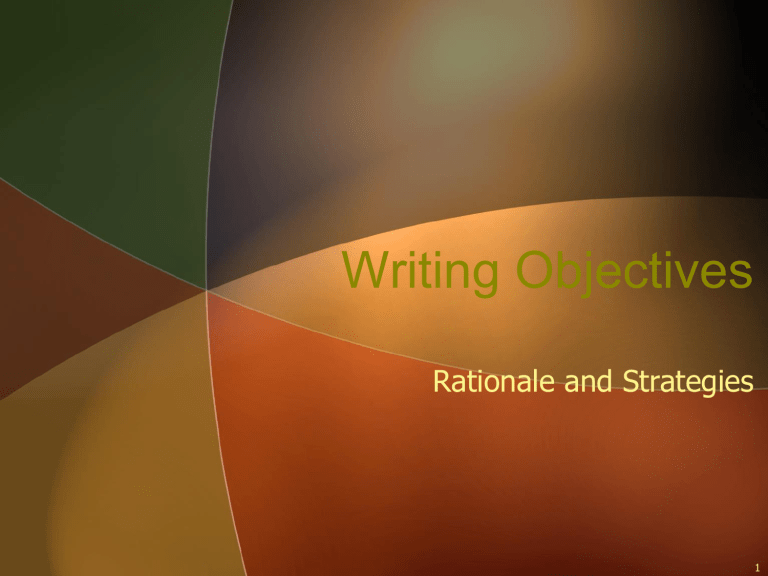
Writing Objectives
Rationale and Strategies
1
Session Goals
• Appreciate the value of writing clear and measurable behavioral objectives.
• Re-evaluate objectives they have written and work to enhance them.
• Make additional efforts to enhance the congruency of: Objectives, Learning
Activities, and Test Items.
2
Session Objectives
• State the definition of a behavioral objective.
• List the three components of a behavioral objective.
• List three purposes which behavioral objectives serve.
• State a rationale for writing behavioral objectives.
• Describe a strategy for writing behavioral objectives.
• Describe how to increase the congruency among: objectives, learning activities, and evaluation
3
Model for Designing Instruction
Evaluation
& Feedback
Needs
Assess
Support &
Logistics
Revise
Learner
Character istics
Goals
&
Objectives
T & L
Activities
Pre & Post
Assessment
Content
4
Goals and Objectives
Goals = Objectives
5
Goals
• Definition
– A statement that describes in broad terms what the learner will do.
• Example
– Students will gain an appreciation and understanding of the value of applying family systems theory to the real world of patient care.
6
Objectives
• Definition
– A statement in specific and measurable terms that describes what the learner will know or be able to do.
• Example
– Students will be able to construct a three generation genogram with a patient in the office setting within a 5 minute time frame and explain how the information potentially impacts on the patient’s care.
7
Comparison
• Goal
– Students will gain an appreciation and understanding of the value of applying family systems theory to the real world of patient care.
• Objective
– Students will be able to construct a three generation genogram with a patient in the office setting within a 5 minute time frame and explain how the information potentially impacts on the patient’s care.
8
Parts of an Objective
• Measurable verb
– Construct
– Explain
• Criteria
– 3 generation genogram
– Within 5 minutes
• Conditions
– In the office setting with patient
9
Measurable Verbs
• Know the purposes of behavioral Objectives.
• State the purposes of behavioral objectives.
• Understand the difference between goals and objectives.
• Describe the difference between goals and objectives.
10
Terms: Sources of Confusion
• Behavioral Objectives
• Instructional Objectives
• Educational Objectives
• Terminal Objectives
• Outcomes
• Objectives
• Aims
• Intents
• Objections
11
Rationale
• Purposes
– Guide for the teacher
– Guide for learner
– Basis for dialogue
– Basis for evaluation
– Makes curriculum explicit
– Makes curriculum analysis/evaluation possible
12
Domains
•Cognitive
•Psychomotor
•Affective
(knowing)
(doing)
(feeling)
13
Levels of Cognition
• Bloom’s Taxonomy
– Knowledge (verbal recall)
– Comprehension
– Application
– Analysis
– Synthesis
– Evaluation
Evaluation
Knowledge
14
Levels of Objectives
• What is the level of this objective?
– Participants will be able to name the three parts of a behavioral objective.
• What is the level of this objective?
– Participants will be able to write a behavioral objective that contains a measurable verb, condition, and criteria.
15
Specificity and Level
• No So Specific:
– The learner will be able to: orally present a new patient's case
• More Specific:
– The learner will be able to: orally present a new patient's case in a logical sequence (SOAP), chronologically developing the present illness, summarizing the pertinent positive and negative findings as well as the differential diagnosis and plans for further testing and treatment.
16
Writing Process
• Start with the bigger goal in mind.
• Write the objective in general but measurable terms.
• Think about the learning context.
• Think about how you want to measure it.
• Rewrite to make the objective more specific and check it for measurable verb, meaningful conditions, and meaningful criteria.
• Share it with a colleague for feedback.
• Rewrite to further clarify.
17
Creating the Magic Triangle
Teaching/Learning Activities
Objectives Evaluation
18
Not So Magic Triangle
Teaching/Learning Activities
Objectives Evaluation
19
The End
20


